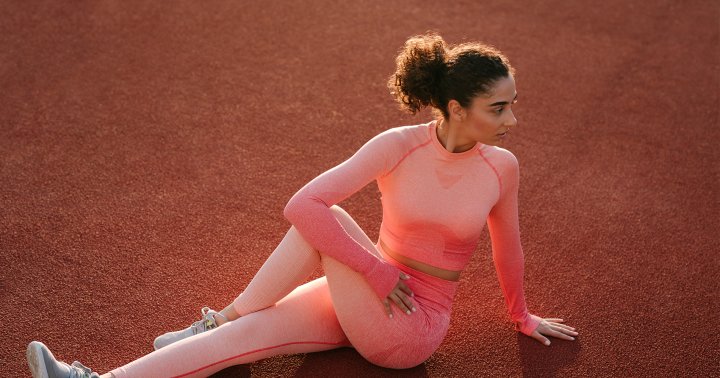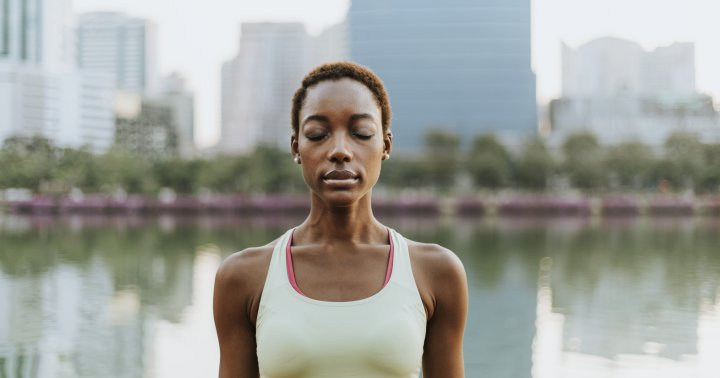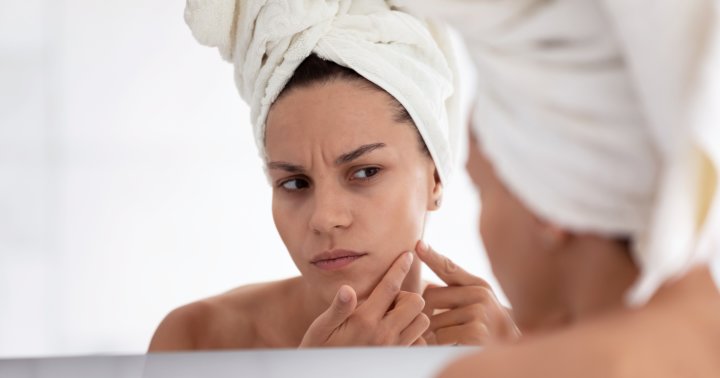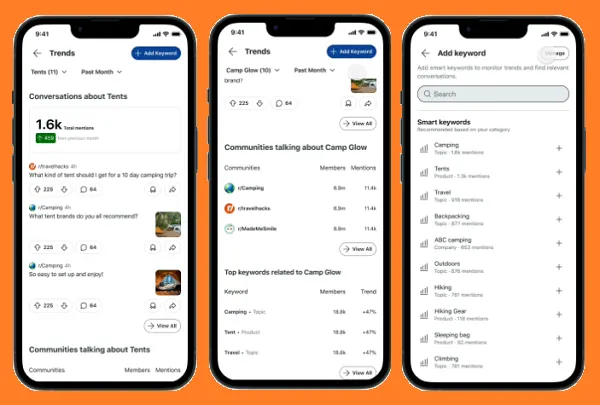This Underrated Hack Can Keep Your Blood Sugar Stable All Day
It supports the body all day long.

Oh, how we've waxed poetic on the many, many ways to balance blood sugar levels, from nutrition tips to stress management to easy, underrated hacks (try going for a quick walk after a meal, trust us!). On that latter note, exercise physiologist, personal trainer, and New York Times bestselling author Ben Greenfield recently shared a trick to keep your blood sugar stable on the mindbodygreen podcast—and it has nothing to do with diet. Color us intrigued!
Below, he explains the strange yet effective way he prepares for a glucose spike.
An exercise physiologist's hack to balance blood sugar.
Greenfield is no stranger to the myriad advantages of cold therapy and embraces it for emotional well-being, physical health, and beyond. One of the ways he harnesses its benefits is by exposing himself to cold the morning before he knows he'll eat a big meal (which can impact his blood sugar levels).
“Of all the things people tell you to do to lower blood sugar, nothing beats the cold," he says, which can come in handy before big meals: "If I do a hefty 10 minutes in the ice tub the morning of Thanksgiving, Christmas, or a feasting day, my blood sugar will be down in the 50s and lower 60s until the early evening from that morning cold exposure," he explains.
And that's not the only metabolic benefit of cold therapy: Research shows that intermittent cold exposure activates the production of brown fat (a metabolically active form of fat tissue that burns energy to create heat and manage body temperature) and balances the glucose response.
Of course, not everybody has the access (or the willpower...) to sink into an ice bath. Not to worry: Greenfield says you can experience similar benefits from dunking your face into a bowl of ice water for 30 seconds or taking a cold shower. "Most of the benefits come from anywhere from 30 seconds to a maximum about 10 minutes of that intense cold exposure," he explains. You can also reap some of those benefits from simply exercising outside in the cold; it doesn't have quite as much of an impact as that cold water immersion, but it does have an effect. "If you go outside and exercise in the ambient air temperature, preferably 55 degrees or under, you're getting some of the benefits," he explains.
According to Greenfield, “there’s nothing that seems to control blood sugar more than cold.” If you know you're about to have a big meal or indulge in sweets a little higher on the glycemic index, try this hack to preemptively balance those spikes.

 KickT
KickT 
































